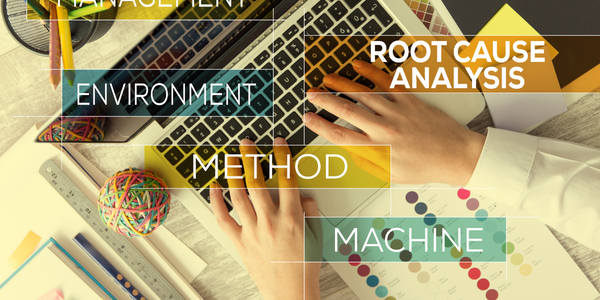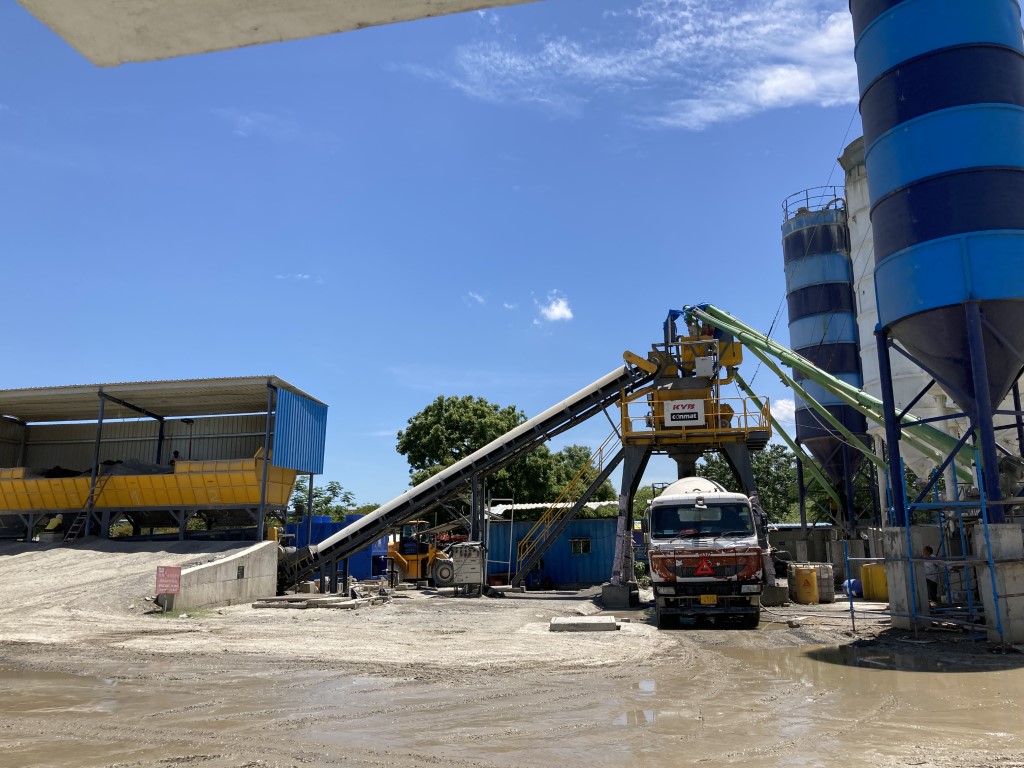Customer Company Size
Large Corporate
Region
- Europe
Country
- Sweden
Product
- QlikView
- FIRST (In House Insurance System)
Tech Stack
- MS Access
- Excel
Implementation Scale
- Departmental Deployment
Impact Metrics
- Productivity Improvements
- Cost Savings
- Revenue Growth
Technology Category
- Analytics & Modeling - Real Time Analytics
Applicable Functions
- Sales & Marketing
- Business Operation
Use Cases
- Predictive Quality Analytics
- Regulatory Compliance Monitoring
Services
- Data Science Services
About The Customer
The Zurich Insurance Company is a leading insurance-based financial services provider serving the Nordic region. It is a regional division of a multinational corporation. The company in Stockholm offers tailor-made insurance solutions for companies in the Nordic region. Among the customers are 800 of the largest public corporations in the region. With 45% of the Nordic market and €150 million in annual revenue, Zurich is the market leader. The company prides itself on its close business relations and a detailed understanding of each customer’s needs, which is why Zurich can live up to its high service targets. As a part of an international corporation, the Nordic operation is able to offer local insurance contracts virtually anywhere in the world.
The Challenge
Zurich Insurance, a leading insurance-based financial services provider in the Nordic region, faced several challenges. They needed to better assess risks and business potential of insurance solutions, link together insurance systems while making them more adaptable and easier to use, and perform fast and flexible analyses on different customers, types of damages, countries, and products. The company's underwriters, who assess the risks and business potential of all insurance solutions, needed a tool that makes it easy to link different local databases together and perform fast and flexible analysis regarding different customers, types of damage, countries and products.
The Solution
Zurich Insurance deployed QlikView to 75 employees across 3 functional areas. With QlikView, Zurich Insurance now analyzes premiums, claims, profitability and risk by customer, type of damage, product and country. With QlikView Server (64-bit) and Publisher, Zurich Insurance easily handles the massive volume of data aggregated from numerous systems, including its in-house insurance system, FIRST. The QlikView applications automatically convert all linked data to the same key numbers and one currency. This makes all premiums and damage costs directly comparable regardless of country. The applications are updated once a month. Updates can of course be done at will, but Zurich Stockholm wants to maintain a certain stability in its system. It simplifies the discussion if everyone knows which version of a key figure is valid.
Operational Impact
Quantitative Benefit

Case Study missing?
Start adding your own!
Register with your work email and create a new case study profile for your business.
Related Case Studies.

Case Study
IoT Data Analytics Case Study - Packaging Films Manufacturer
The company manufactures packaging films on made to order or configure to order basis. Every order has a different set of requirements from the product characteristics perspective and hence requires machine’s settings to be adjusted accordingly. If the film quality does not meet the required standards, the degraded quality impacts customer delivery causes customer dissatisfaction and results in lower margins. The biggest challenge was to identify the real root cause and devise a remedy for that.

Case Study
Remote Monitoring for Environmental Compliance
Emerson wanted to provide a connected environmental analyzer to their customers. They wanted to leverage IoT technologies to provide a software solution that was easy to use, real-time and centralized. Compliance with pollution control board guidelines and the ability to remotely calibrate and troubleshoot these devices was the primary objective. Requirements - Centralized Remote Monitoring. - IoT Based Smart Environmental Analyzers. - Remote Calibration and Troubleshooting. - User Friendly Application. - Reporting & Dashboards. - Compliance with pollution control board guidelines.

Case Study
ELI LILLY ADOPTS MICROMEDIA’S ALERT NOTIFICATION SYSTEM
Pharmaceutical production is subject to a strict set of enforced rules that must be adhered to and compliance to these standards is critically necessary. Due to the efforts of WIN 911’s strategic partner Micromedia, Lilly was able to adopt an alarm notification infrastructure that integrated smoothly with their existing workflows and emergency hardware and protocols. These raw energy sources enable the industrial process to function: electricity, WIN-911 Software | 4020 South Industrial Drive, Suite 120 | Austin, TX 78744 USA industrial steam, iced water, air mixtures of varying quality. Refrigeration towers, boilers and wastewater are monitored by ALERT. Eli Lilly identified 15000 potential variables, but limitations compelled them to chisel the variable list down to 300. This allowed all major alarms to be covered including pressure, discharge, quantity of waste water discharged,temperature, carbon dioxide content, oxygen & sulphur content, and the water’s pH.

Case Study
IoT Solutions Give Commercial Fishing Real-time insights
Technology to support vessels in the commercial fishing industry had not changed significantly since the advent of radar. Over the past 40 years commercial fishing in the United States has continued to be one of the most active, yet regulated industries. The combination of federal regulations and lack of technology created an opportunity for Faria Watchdog to go-to-market with a solution.

Case Study
Prevent Process Inefficiencies with Automated Root Cause Analysis
Manufacturers mostly rely on on-site expert knowledge for root cause analysis. When the defective product is sent to lab for analysis, it is laborious and always a post-mortem one. Manufacturers that collect data from IT and OT also need a comprehensive understanding of a variety of professionals to make sense of it. This is not only time consuming, but also inefficiencient.

Case Study
Digitalising QC records
Ready-mix concrete batching plant with seasonal demand 6,000 to 12,000 cu.metre per month.Batch-cycle records for each truck is stored in paper format. 1000 to 2000 truck loads per month, generating ~2000 to 6000 paper records.QC anomaly detection in chemical batch-mixing is manual & time consuming.



